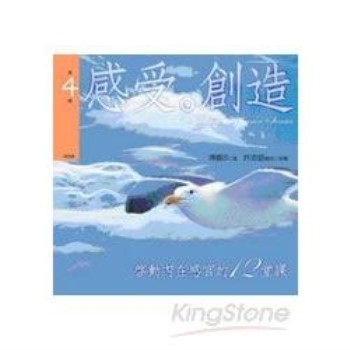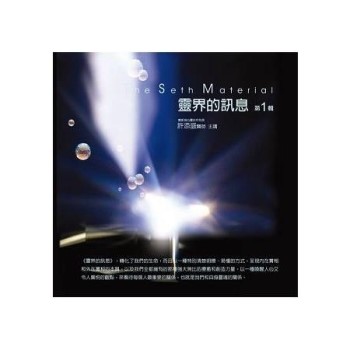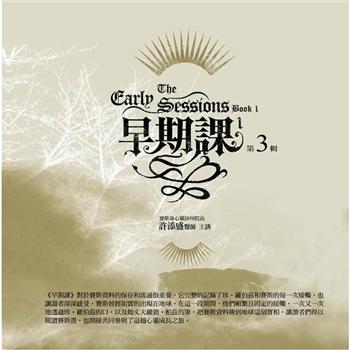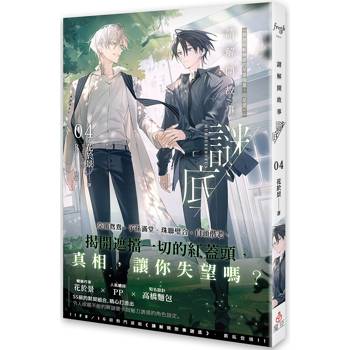Books in the Teaching English Language Learners Across the Curriculum Series are written specifically for pre- and in-service teachers who may not have been trained In ELI_ techniques, but still find themselves facing the realities and challenges of today's diverse classrooms and learners. Each book provides simple and straightforward advice on how to teach ELLs through a given subject area, and how to teach content to ELLs who are at different levels of English language proficiency than the rest of their class. Authored by both language and content area specialists, each volume arms readers with practical, teacher-friendly strategies, and subject-specific techniques.
Written for prospective and practicing visual arts, music, drama, and dance educators committed to the arts and education, Teaching the Arts to Engage English Language Learners offers guidance for engaging ELLs, alongside all learners, through artistic thinking. By paying equal attention to visual art, music, drama, and dance education, this book articulates how arts classrooms can create rich and supportive contexts for ELLs to grow socially, academically, and personally. The making and relating, perceiving and responding, and connecting and understanding processes of artistic thinking, create the terrain for rich curricular experiences. These processes also create the much-needed spaces for ELLs to gain communicative practice, skill, and confidence. This book offers ideas and suggestions for ways in which teachers may create the classroom conditions for this learning and growth to take place. The practical, teacher-friendly strategies and techniques included in the book will prove effective, not only with ELLs, but with all students.
Special Features
-Generative texts such as films, poems, and performance function as springboards for arts educators to adapt according to the specifics of their ELL students, other students needs, and given contexts
-"Teaching Tips", formative assessment practices, and related instructional tables and resources enable arts teacher to offer the necessary critical guidance for artistic thinking
-An annotated list of internet sites, reader-friendly research articles and texts offering practical findings and advice on related topics, instructional materials, and particularly helpful resources for students are identified for quick reference
-A glossary at the conclusion of the text serves as another useful feature for readers' reference
| FindBook |
有 1 項符合
Teaching the Arts to Engage English Language Learners的圖書 |
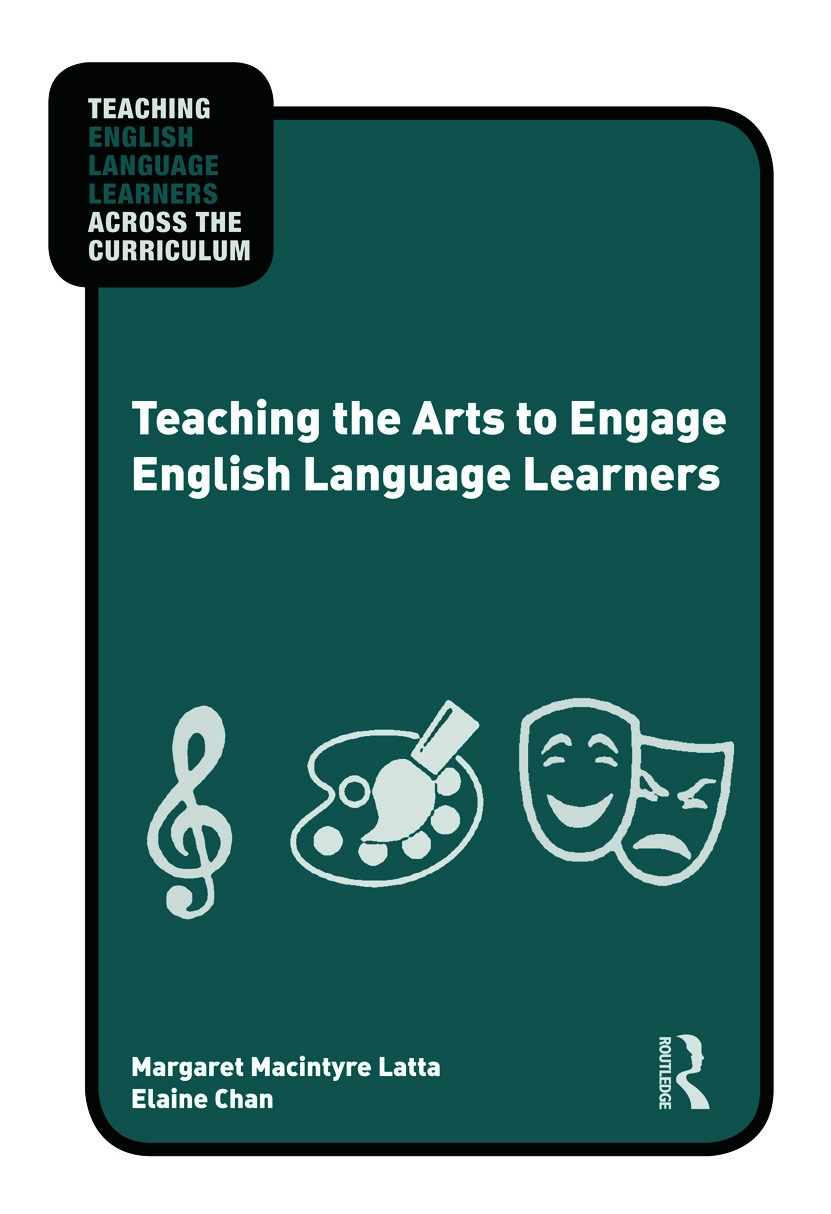 |
Teaching the Arts to Engage English Language Learners 作者:Latta,Margaret Macintyre/Chan,Elaine 出版社:Taylor & Francis 出版日期:2010-12-13 語言:英文 規格:平裝 / 17.1 x 24.8 x 1.3 cm / 普通級 |
| 圖書館借閱 |
| 國家圖書館 | 全國圖書書目資訊網 | 國立公共資訊圖書館 | 電子書服務平台 | MetaCat 跨館整合查詢 |
| 臺北市立圖書館 | 新北市立圖書館 | 基隆市公共圖書館 | 桃園市立圖書館 | 新竹縣公共圖書館 |
| 苗栗縣立圖書館 | 臺中市立圖書館 | 彰化縣公共圖書館 | 南投縣文化局 | 雲林縣公共圖書館 |
| 嘉義縣圖書館 | 臺南市立圖書館 | 高雄市立圖書館 | 屏東縣公共圖書館 | 宜蘭縣公共圖書館 |
| 花蓮縣文化局 | 臺東縣文化處 |
|
|
圖書介紹 - 資料來源:博客來 評分:
圖書名稱:Teaching the Arts to Engage English Language Learners
|
